“Slime & Ashes”
Abdul-Rahman Abdullah, Tony Albert, Aretha Brown, Jemi Gale, Lionel Grijalva, Bronwyn Hack, Kaymay Hallas, Victoria Todorov, Peter Waples-Crowe and Terry Williams
28 Nov → 15 Jan 2021
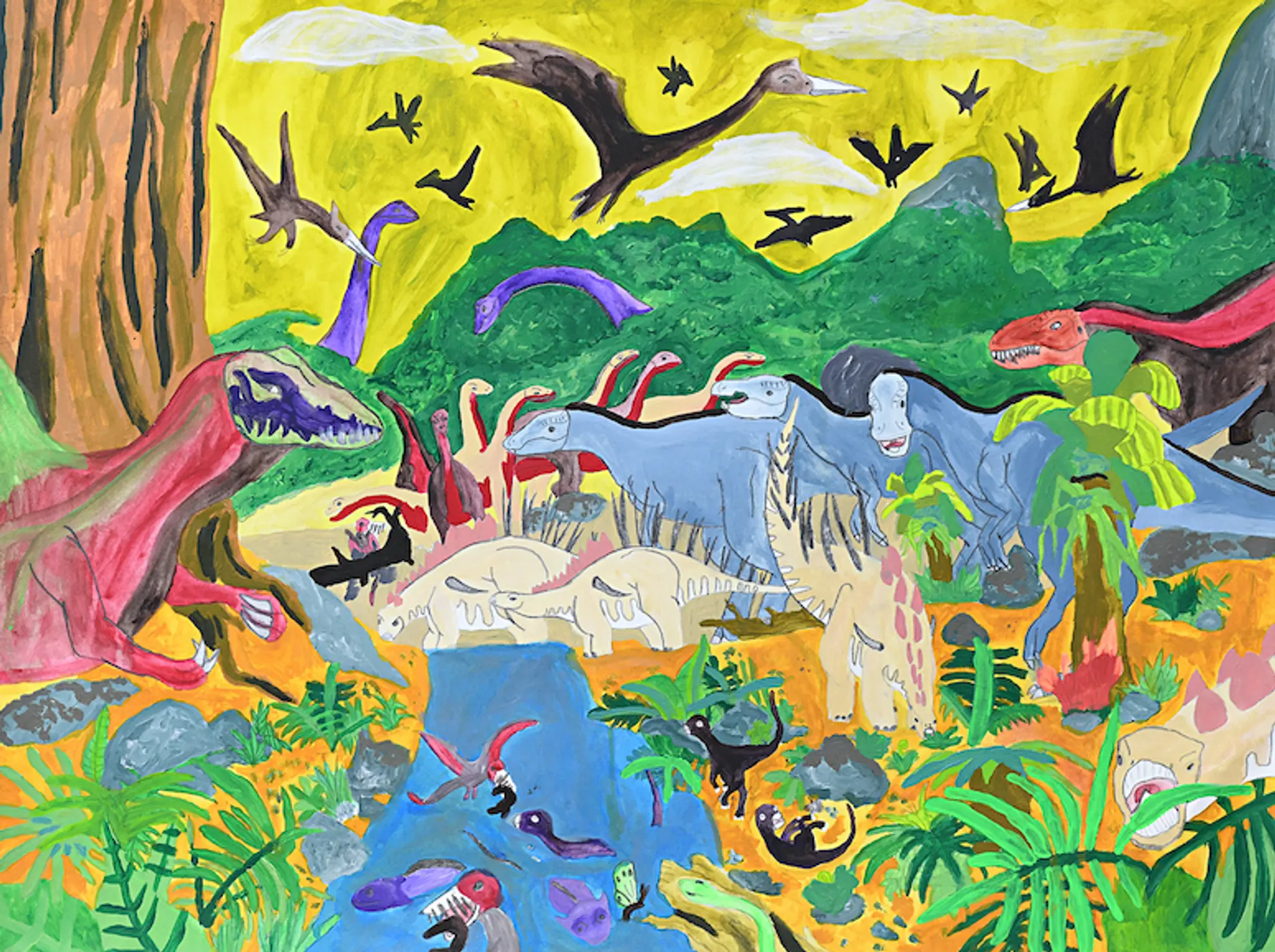
Slime & Ashes, curated by Matthew Harris, brings together varied artistic approaches to uncanny figuration and anthropomorphic cuteness to consider the interlocking experiences of nature, culture, community and identity. The exhibition features work by Abdul-Rahman Abdullah, Tony Albert, Aretha Brown, Jemi Gale, Lionel Grijalva, Bronwyn Hack, Kaymay Hallas, Victoria Todorov, Peter Waples-Crowe, Terry Williams.
Here we are, we’ve made it.
Every day we put on our silly little outfits and do our silly little tasks. It’s a rags to riches tale, primordial goo to world domination. Clutching our little blue planet, spinning, spinning, spinning into oblivion. Making our way through the problems and pleasures of this sometimes fecal swamp of life with humour and resilience.
It’s been a crappy year, but all we really have is each other on this big ball of Slime and Ashes.
Slime & Ashes is co-commissioned by West Space and Arts Project Australia, and supported by Creative Victoria and The City of Yarra.
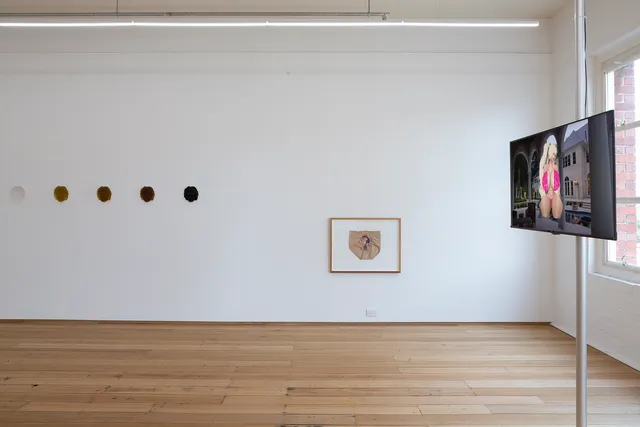

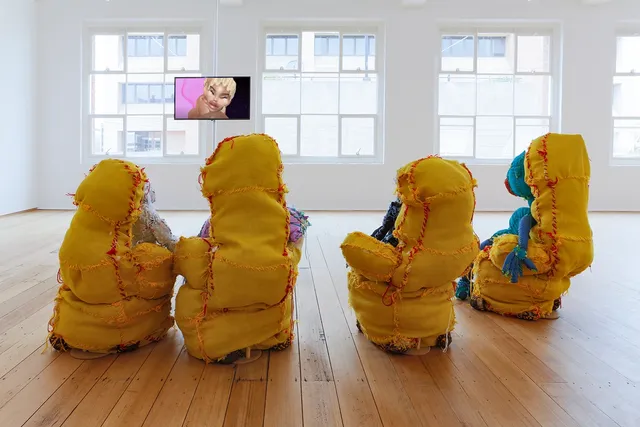
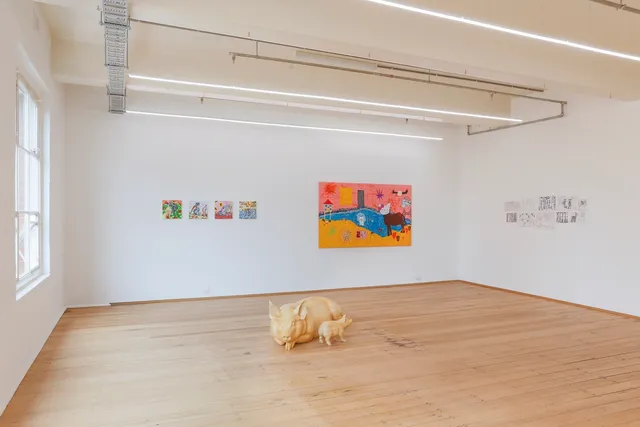
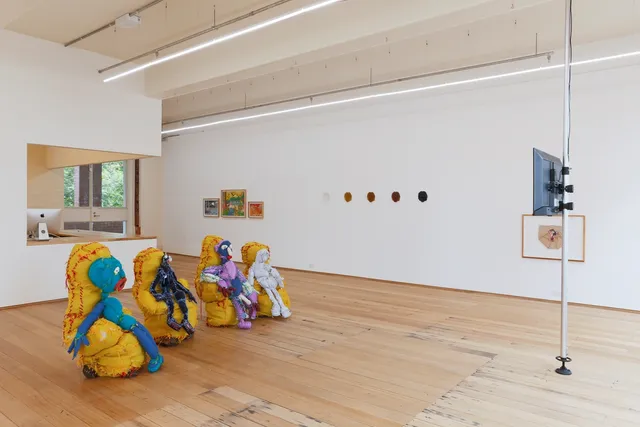


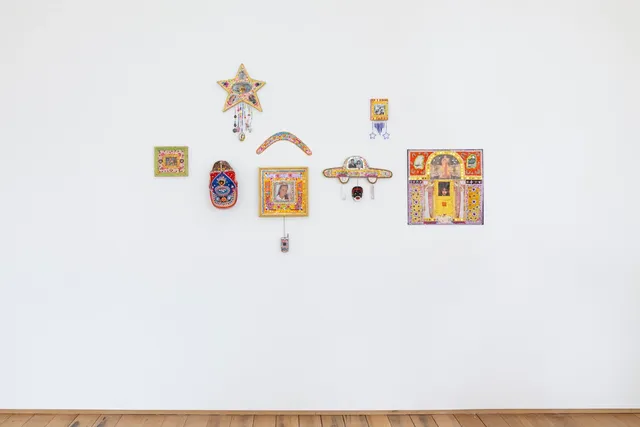
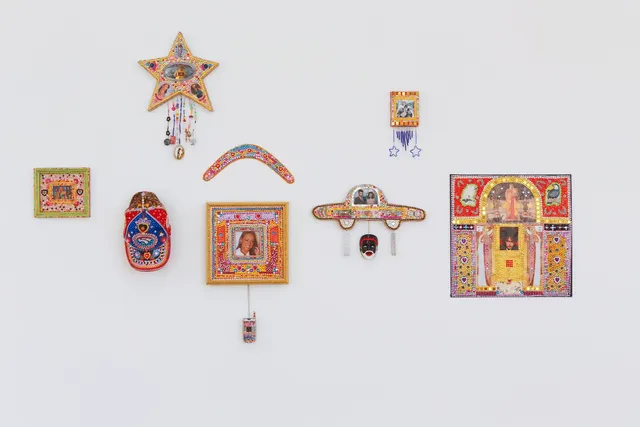
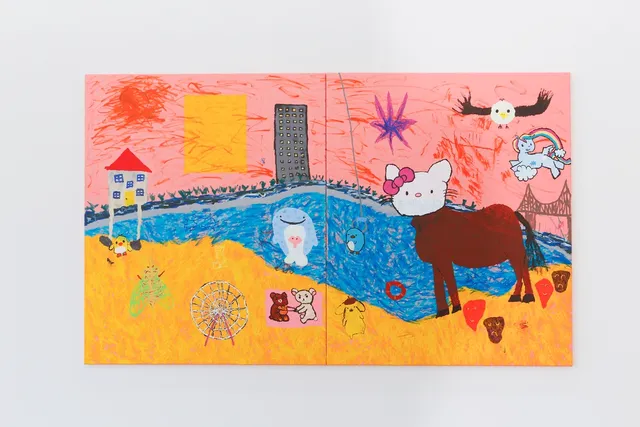

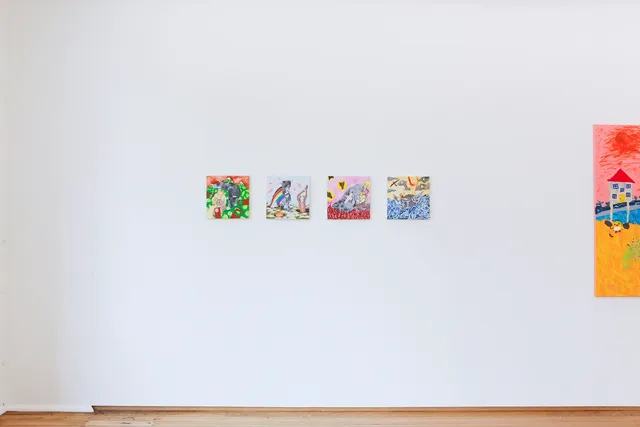


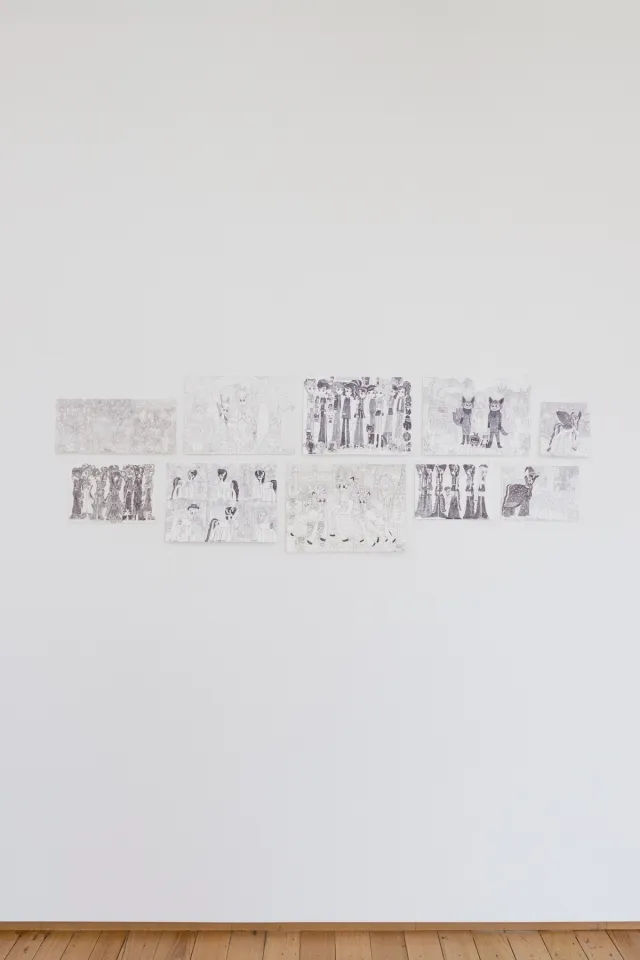
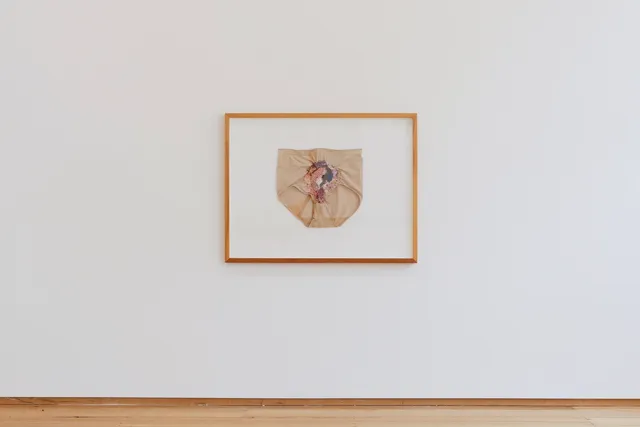
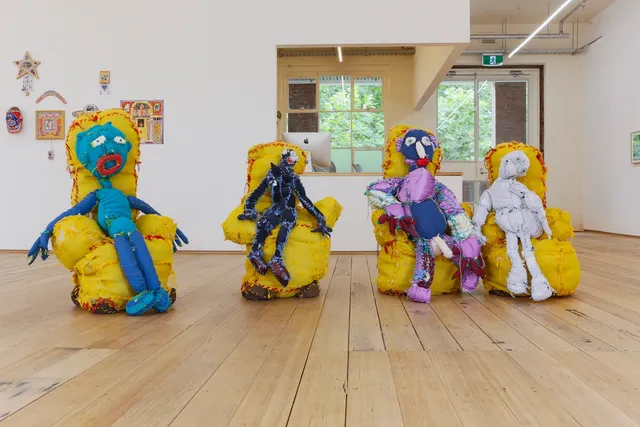
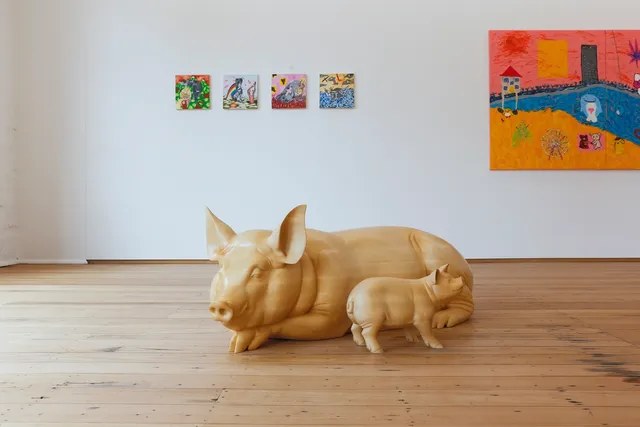
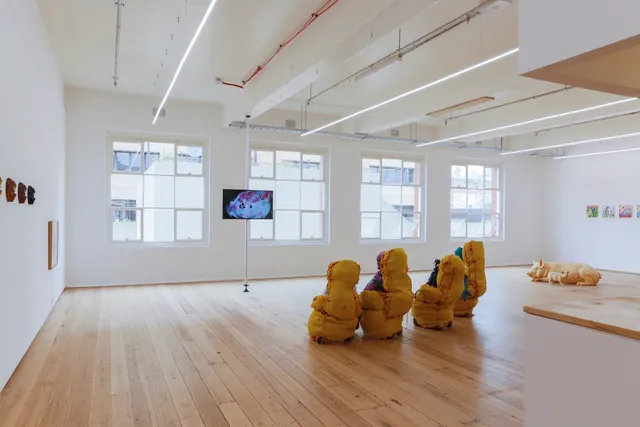
Abdul-Rahman Abdullah is a West Australian artist whose practice explores the different ways that memory can inhabit and emerge from familial spaces. Drawing on the narrative capacity of animal archetypes, crafted objects and the human presence, Abdul-Rahman aims to articulate physical dialogues between the natural world, identity and the agency of culture. Living and working in rural Western Australia, he provides unique perspectives across intersecting communities, foregrounding shared understandings of individual identity and new mythologies in a cross-cultural context.
Tony Albert has achieved extraordinary visibility and much critical acclaim for his visual art practice, which combines text, video, drawing, painting and three-dimensional objects. Examining the legacy of racial and cultural misrepresentation, particularly of Australia’s Aboriginal people, Albert has developed a universal language that seeks to rewrite historical mistruths and injustice.
Aretha Brown made headlines following her speeches at both the 2017 and 2018 Invasion Day Protests in Melbourne. The then Year 11 student, addressed an estimated 50,000 protesters in Melbourne on Invasion Day, calling for the date of the national holiday to be changed. Aretha describes her art practice as a means of giving herself a context in which to live, she is inspired by Melbourne’s Western Suburbs and her journey as a queer teenager. Aretha is currently writing and filming her first comedy short titled “How to be Cool in Melbourne”.
Jemi Gale is an artist, pop girl and poetess working with emotions. She is currently completing a Bachelor of Fine Arts (Honours) at the Victorian College of the Arts.
Lionel Grijalva is an emerging artist creating detailed constructed worlds that feature invented prehistoric animals, dinosaurs, fantastic beasts and mythological characters. Drawn from his rich imagination yet reminiscent of scientific studies, mystery is evoked for the viewer as fact and fiction blur. Grijalva’s works on paper and ceramics are carefully executed with a sensitive and considered application of materials and inventive use of colour.
Bronwyn Hack is known for her multifaceted practice which spans sculpture, painting, printmaking and ceramics. Her 2D works are composed so as to merge subject and background to form a consolidated linear perspective. Throughout her career, she has maintained an interest in animals, particularly dogs, as well as the body and bones. Her work is held in private collections Australia-wide.
Victoria Todorov is an interdisciplinary artist based in Melbourne, Australia. Often working with non-traditional, garish palettes, Todorov builds textural surfaces that combine text, collage, and figural elements to form intimate interpersonal narratives with comedic undertones. Her unique and personal visual language, although chaotic and oftentimes abrasive, interrogates notions of accessibility, expectation and failure by using, and abusing, the ‘contemporary art lexicon’ from an outsider’s perspective.
Peter Waples-Crowe (he/they) is a queer Ngarigu artist who’s practice is informed by his lived experience and operates in the intersection of identity, blak spirituality and Australia’s ongoing colonisation. Peter has exhibited nationally and internationally, including at the Australian Centre for Contemporary Art, Koorie Heritage Trust, and the Museum of Contemporary Art, Taipei.
Terry Williams is an established artist whose career spans three decades and reflects a diverse exploration of materials and techniques. He is best known for his soft sculpture; a technique popularised in the 1960s by artists such as Claes Oldenburg and Yayoi Kusama. He does not consciously work within common traditions of art, instead of adopting an immersive and idiosyncratic process that ruminates on an idea until it manifests into multi-faceted creations.